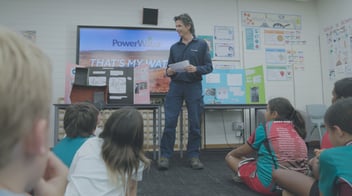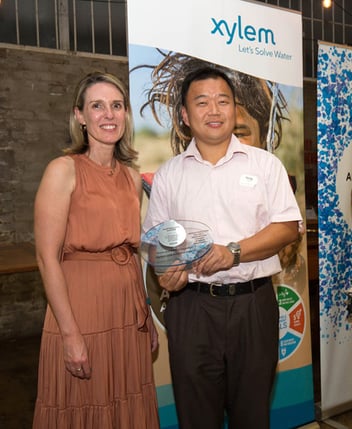Power and Water targets leaks with data collection software
After an audit revealed 15% of Darwin’s water consumption was lost through leaks, Power and Water Corporation needed a cost-effective way to tackle non-revenue water.
The utility developed the Living Water Smart program, a series of community engagement initiatives to help residents become smarter about their water use.
As part of this, it checked 30,000 Darwin properties and made a concerning discovery: one in eight homes had a leak, wasting an average of 500,000 L of water per year.
The majority of these leaks have now been fixed, saving residents money and preserving water that Darwin desperately needs.
But to find and fix the leaks, the utility needed data.
“They needed to understand exactly where the leaks were, gather information about those leaks, and then plan the most efficient and expedient way to fix them,” Esri Australia National Manager for Utilities Doug van Gelder said.
https://omny.fm/shows/australianwater/doug-van-gelder-on-mobility-mapping
Geographic information system (GIS) technology provider Esri has been working with Power and Water for about eight years, and helped the utility identify the right solution for its leak detection program.
This was Esri’s Collector for ArcGIS software, a mobile data collection app that made it easy for the utility to capture accurate information in real time.
“Staff would go out to do leak inspections at a residential or commercial property, identify the leak at the site, and collect the data and input it into the app,” van Gelder said.
“This was sent back to a central area, where the business could assess whether it had to address the leak ASAP, or if it was a slow leak it could reprioritise.”
Recording this data on an app – rather than with the traditional pen and paper – made it easier for Power and Water to to share information and collaborate, not just within the business, but also with external stakeholders.
“One of the big community engagement exercises Power and Water was looking to do was to get the plumbers of the Northern Territory to help build a new culture of being water smart,” van Gelder said.
“The plumbers had a similar app, which they could use to input data, take photos and record that the leak had been fixed.”
While other utilities may be hesitant to adopt a new technology, van Gelder said the beauty of the ArcGIS platform is its simplicity, which meant Power and Water could deploy the solution within two weeks.
“They got it out there quickly, and while it was out there they could do any tweaks needed to make it more accurate,” he said.
“There was no 12-month period of building something up and going through testing and training.
“You don’t need to be afraid to get going on it – just start.”
Is your organisation using technology in an interesting way? Why not submit a paper, panel or workshop on the theme of Excellence in Operations & Asset Management for Ozwater’20? To find out more, click here.



